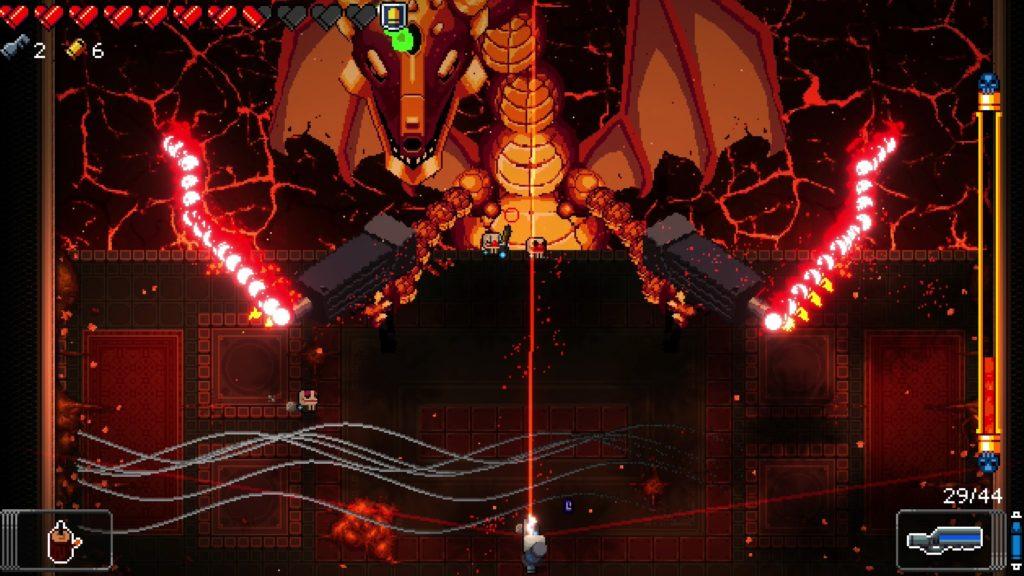From the start, we were clear about prioritizing fun: we wanted the game to teach, but not only be about learning. Choosing a social deduction format set the tone—I had just played Blood on the Clocktower and was excited to incorporate that blend of tension, bluffing, and group problem-solving.
Our initial idea was to teach how to lead a social movement, and we realized we could teach those skills alongside history if we grounded the game in a specific historical revolution (i.e. the French Revolution). However, early on, it was more of a theme than a topic of teaching. As we iterated, we moved from surface-level references to mechanics that made players interact with the history. The rotating Presidency and team elections recreated the churn of the Legislative Assembly—players argued, nominated, and voted, and the “procedural drama” became a teaching moment about how the Legislative Assembly actually worked. Event cards further disrupted the round and forced adaptation, mirroring how governing amid crisis feels. Missions required cooperation between players, but hidden Royalists could slip in sabotages. Skill cards could reverse Mission outcomes, which taught how fragile collective action is when infiltration and misinformation are in play.
We also linked outcomes to historical cause-and-effect. Successes and failures triggered specific events from the decks, and certain character skills only unlocked when the related event appeared. That connection nudged players to notice (and remember!), “My character participated in that,” and to care about the order of events rather than treating them as trivia. The endgame—storming the Tuileries—was a single high-stakes vote, and not knowing what the “correct” missions were added even more uncertainty to the game (as there would’ve been in real life).
Watching others play was an amazing experience. For example, I had felt pretty strongly about small-group discussions at the start, and we tried to keep them in a couple iterations, but they never really worked. When we finally cut them, the game felt so much smoother and more engaging. We were also set on avoiding a narrator (so everyone could partake in the fun!), so we had to invent and iterate on ways to keep hidden actions smooth: numbered action slots, a timed Sabotage phase with table noise, and clear card flow. Furthermore, we noticed that in later playtests, players even started referring to each other by role (e.g. “Mr. President”) and post-assessments showed better recall—e.g. people could name the June 20th Uprising and connect it to destabilizing the monarchy—suggesting that our game now not only was engaging but could teach too.
This is the first game I’ve ever made, and I learned so much from this experience: the value of playtesting, how the game you intend to make is often a bit different from the game players experience, the wide array of creative mechanisms and components we can come up with, etc. Ultimately, I think we did a good job of reaching our goal of creating a fun game where people can learn too.



